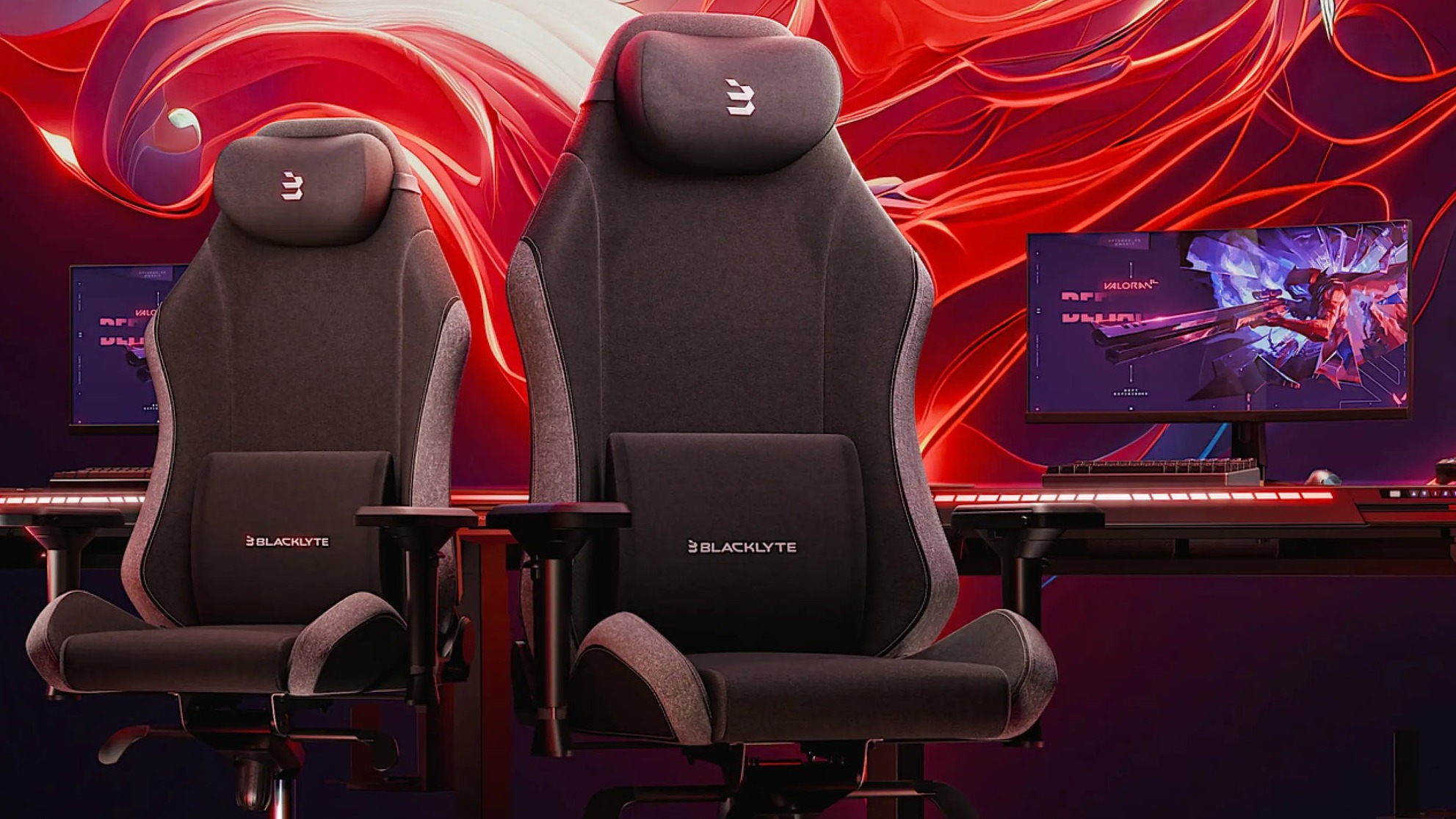When it comes to cheap but massive data storage, magnetic tape is still the favoured choice of data centre managers. But its very slow read speed isn’t great if you need to grab data off it quickly. Huawei reckons it has the perfect solution with its magnetic-electric drives, combining a large SSD, twin tape spools and drivers, all in one handy unit.
China’s burgeoning data centre market has been facing a problem regarding long-term data storage. US technology export restrictions have been making it increasingly difficult to get hold of disk and tape drives, so to ensure the sector has access to reliable data storage solutions, Huawei has developed a rather nifty hybrid system.
As reported by Blocks and Files (via ComputerBase), the so-called magnetic-electric drives (MEDs) combine an SSD and a full tape drive storage system in a single rackmount unit (rather than having the tapes and drives separate as shown at the top of this story).
Frequently accessed information, aka hot data, remains the preserve of normal enterprise drives, but Huawei’s development is targeting the handling of warm and cold data—information that only needs to be accessed occasionally or just kept for archival purposes.
The way the setup works is that warm data is written to the SSD first and when it comes time to store it on the tape, the information is restructured into a large sequential block, making it much faster for writing. While accessing any cold data will still be just as slow as tape drives have always been, any warm data requests will be handled via the SSD and thus a whole lot speedier.
Sounds neat, yes? Well, I have a few concerns. While modern NAND flash memory cells are very reliable, that type of storage doesn’t have anything like the same lifespan as magnetic tape does. That means there’s a good chance that the MED becomes junk long before a normal tape drive would because the internal SSD has failed.
One way to mitigate this is to use an enormous SSD. The larger a NAND flash drive, the longer it will last, because each memory cell is written to and then left alone. Only once all the cells have been written does the drive go and erase any cells to make room for new data. The more cells you have, the longer it will take to write them all.
I also wonder just how the algorithm is at determining when warm data becomes classed as cold data and gets stuffed to tape. Should it get that wrong, then the rest of the system will grind to a halt as it waits for the ‘warm’ data.
And when I mean wait, I’m not talking milliseconds or seconds—it can take several minutes for a tape to spool up and reach the correct location before any data can be read from it.
Still, needs must as the Devil drives, or so the saying goes, and Huawei’s only doing this because it feels it has no choice. According to Block and Files’ report, the first range of MEDs will arrive in 2025, with capacities up to 72 TB, with a power demand of just 10% of that required by equivalent disk drives.
Whether the technology ever catches on is another matter and I’m sure many of you had an SSHD in your old gaming PC. These were hybrid hard disk drives, with a small amount of NAND flash to act as a cache to boost performance. They weren’t rubbish but outside of synthetic benchmarks, the tiny SSD provide little in the way of a tangible boost.
I dare say that Huawei’s MEDs are probably a lot better in this regard but I doubt anyone outside of China will be able to get their hands on one. Shame, as it’d be fun testing one out and comparing it to a nifty gaming SSD for giggles.



